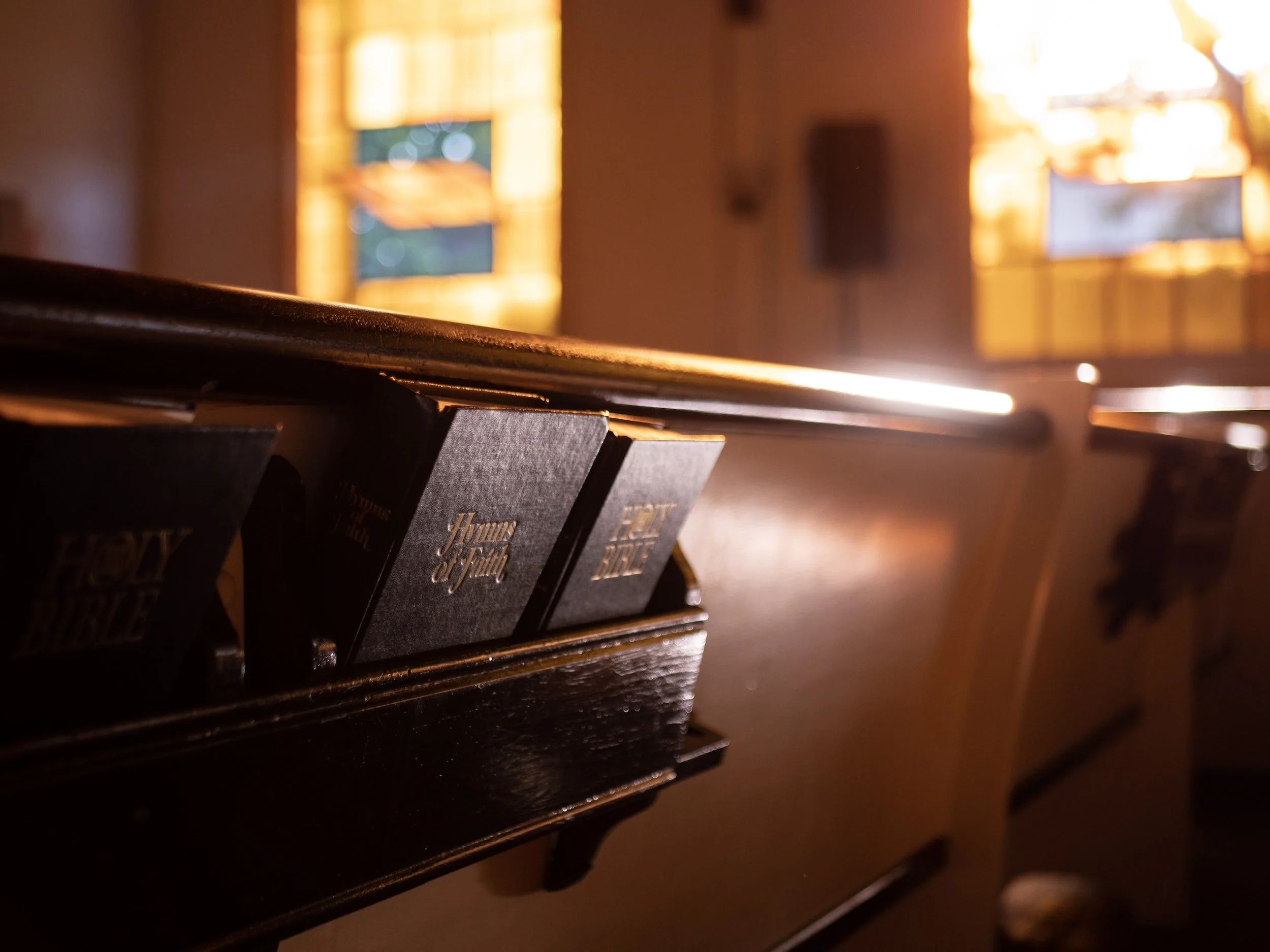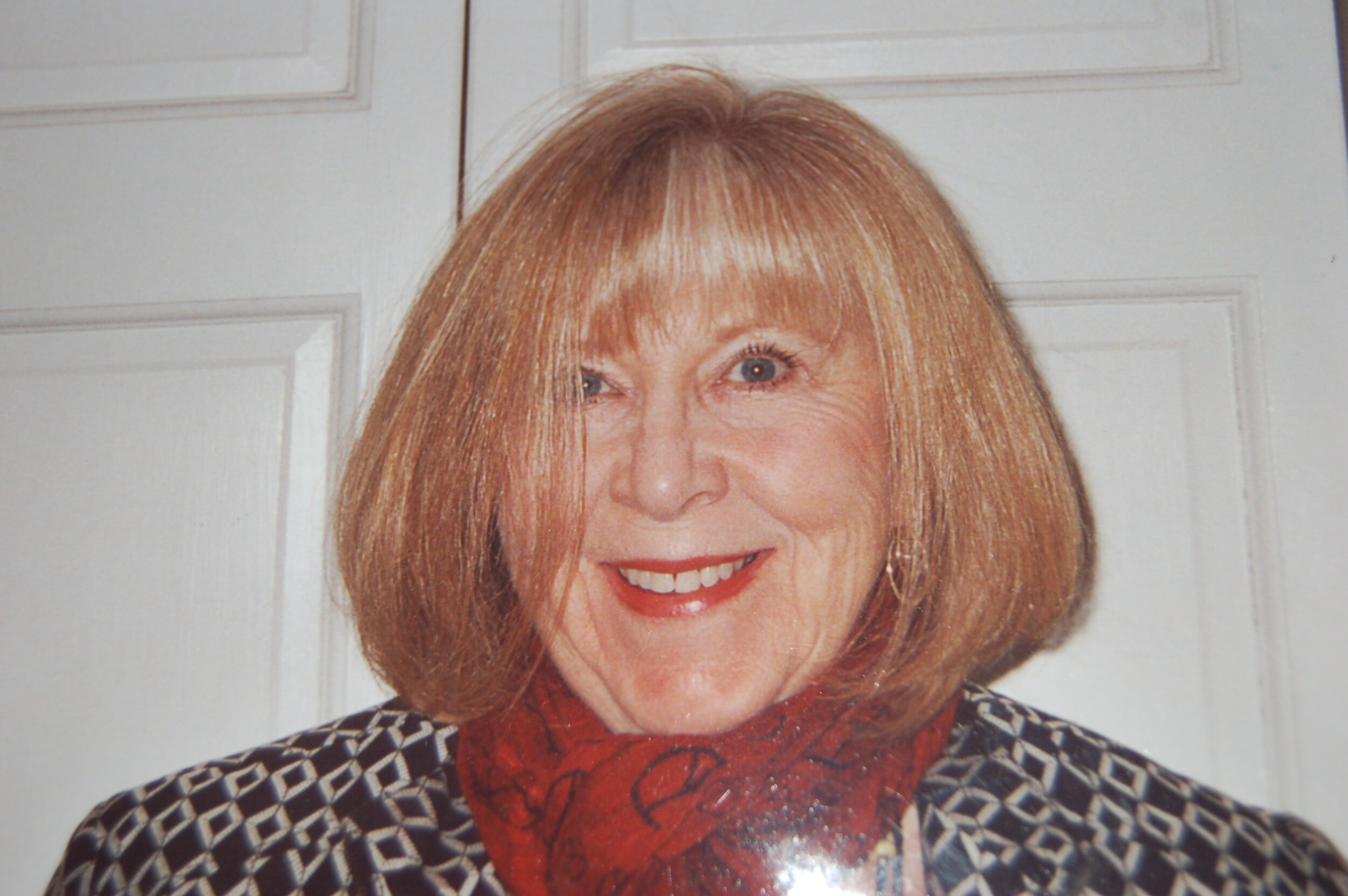Red Flower: Coming of Age
I hated gym and those one-piece blue gym suits. They had the self-contained waistband, the baggy shorts, the snap front, and were a pain to climb into. They made even the most glamorous girls in phys ed look like little blue sausages. A chubby fifteen-year-old, I tried to stay out of that ridiculous blue get-up whenever possible. Miss Apple, our gym teacher, had the apple red cheeks of a Kansas native, and a tart disposition. No one envied her dismissive taunts—“Move your butts, ladies”—but we loved that cheeky holler of hers: “Kelly, Paula, Suzanne, you’re out, sit on the bleachers.” To her credit, Miss Apple let you miss gym class if you had your period. “Oh, you’re men-stru-a-ting,” the word dragged out and separated just so. We cringed, hoping the boys on the other side of the gym hadn’t heard. “Well then, hustle over there, hit the sidelines, girls.”
I counted the days until I could pull off my monthly fiction. My secret—I was fifteen years old, a sophomore in high school, and I hadn’t started my period yet. I was totally and absolutely embarrassed that I wasn’t a legitimate woman like all the other classmates around me in the locker room. I’d been living this lie each month for the past year. Yes, Miss Apple, I was faking it. Really faking it!
Pulling off that sweaty gym uniform to shower, all around me were the breasts and buttocks of genuine young women. Here, the classmate, less sensitive than me, with a towel wrapped around her waist, her breasts like two fried eggs for the whole world to see. The busty girls, leaning over to shake their breasts into place in their Playtex Cross Your Heart bras. The girls climbing into beige cotton full-figure panties. Of course there were girls like me who wrapped the skinny white towel around our breasts and the white round moons of our buttocks, and bound ourselves tight, changing clothes quickly behind our thin locker doors. Girls timid and reserved like me. But I was an imposter, fifteen years old already, tenth grade, boobs, the tangled v of hair above my private parts and yet—nothing.
For a teenager, self-esteem has many layers. Emotional, intuitive, spiritual. I prayed that one day, I’d join the big leagues like the other girls and be able to quit my lie. But that day wasn’t coming fast enough.
And then one spring morning, there it was. The spotted red flower inside my white cotton panties.
My mother stood with me in the bathroom, explaining how to use the belt and Kotex she pulled from the back of the linen closet. I waited for her to leave, but she lingered, no privacy here. Nervously, I tugged on the belt and, lifting my leg to pull on that contraption, I jammed my knee under the bathroom counter. Tears filled my eyes. My knee held that welt, a spectacularly black and blue swollen lump, emblem of my sisterhood, for Miss Apple and all to see the very next day, and for the rest of the month as well. Legitimate at last. No more fake clutching at my stomach, no more crying out to friends in my car pool—“Ooh, I have cramps, do you have a Midol?” This was the emotional boost I needed in 1965 at age fifteen—didn’t every teenage girl in high school want to fit in, no matter what?
Years later, as I was dining with a group of women following a book club meeting, we stumbled into a lively conversation about menstruation. What was your first experience?
Cheeks flushed, the tidal wave of memory took over. One woman spoke of her Jewish mother, and her surprise—a slap across the face. “Pay attention,” her mother said. “I’m not doing this to bring roses to your cheeks. Be strong. Stay a virgin. You’re a woman now.” That slap a ritual handed down through her family, she understood later. Yes, ritual she understood, but why did her mother take a great moment like this and turn it into shame? she wondered.
“My mother explained nothing. Nothing at all,” a beautiful woman in her sixties said. “There I stood before her, frightened and ashamed, holding out my bloody underwear. I thought I was dying. She took me silently to the bathroom and handed me a pad and two large safety pins. She walked right out the door and left the house for work. It was my older sister who found me sobbing, and told me I would live through this monthly ‘curse.’”
“‘Oh, now we’ve another woman in the house!’ She was so proud!” This woman’s mother wiped her dishwater hands across her apron front, and reached out to pull her daughter close, planting kisses on both cheeks.
“I haven’t had a period for twelve years now,” another told her daughter sadly. “After you were born, I had a hysterectomy.”
“I thought I had to wear the pad indefinitely, until the end of my life,” another said. “I didn’t understand it was a monthly event.” We laughed—how horrible. “And when I asked my mom about it, finally, she answered, ‘No stupid, that’s not how it works.’”
I mentioned that several months after my first period I tried to use my first tampon. “I was at my girlfriend’s older sister’s dorm—an honor in itself—when I staggered out of the bathroom, totally green, and walking funny. ‘What’s wrong?’ cried the sister and her bevy of friends, all studying to be nurses. (They’d given me the tampon). After questioning me, they discovered I’d inserted the tampon still in its cardboard container!”
“Think of all the things your mother teaches you,” another ventured. “Wear comfortable shoes, this is how you make French toast, this is how you stake tomato plants, sew a seam, sing itsy bitsy spider crawled up the waterspout. This is how you take care of your first spill of womanly blood. Everyone is different.”
There seemed to be an equal number of those comforted, and those left comfortless by their mothers as they moved towards womanhood.
What, one woman wondered, is the young man’s equivalent coming-of-age story? Is it his first wet dream? His first adolescent hard-on, his first lay? Or simply those first dark hairs appearing beneath pale white armpits, scattered hairs leading down the belly to his pubescent balls and his . . . insurgency? We all laughed. After all, we agreed, we no longer sent our sons out into the wilderness for vision quests to mark his transition into manhood.
And what about today’s glossy TV commercials, another woman asked. Girls wearing swim suits that suddenly burst into primary colors as they join other girls splashing inside a pool of blue water. These girls were meant to be the smart girls joining the pool of others not bothered by daily birth control pills to control their cycles. “Is it natural?” one of our group asked. “Now we can swallow one or two pills a year to hold off our body’s natural tidal rhythms. Isn’t this is how we ‘sanitize’ ourselves?”
I was nine years old when my mother told me the facts of life. I’d found a bloody Kotex pad in the bathroom wastebasket, and when I called my mother in to show her, she’d explained a woman’s cycle, and how she sheds blood monthly. She further explained how a man puts his pee pee inside a woman’s vagina and his seed mixes with her egg and how a baby is formed inside her womb and born through this same opening, the vagina. Why is she telling me this? I thought. I stared at her, aghast. All this from the bloody toilet paper package wrapped secretly and tucked deep down inside the wastebasket. I couldn’t believe it. I couldn’t get my mind around it. Still, that didn’t deter me from telling all the neighborhood children, a few hours later, everything I’d learned. I even told the story to the smallest of our group, four-year-old twins. None of us understood. It wasn’t real. It couldn’t be true. I was the oldest in our neighborhood pack, and not a one of us believed what I’d been told.
I was twenty years old, always a late bloomer, when I truly lost my innocence. My husband doesn’t believe it, and who would, really? but it was actually with him that I lost my virginity. After one of many dates, and a night of drinking beers in downtown Manhattan, Kansas, we had a brief tryst in his chilly basement bedroom. It was my second year of college, and after he walked me across campus to my dorm, I found spots of blood on my panties telling me it had really happened at last! We didn’t do that again the next months we were together, and then we stopped dating for a while.
Later that college year I had another boyfriend, and my bright red blood spilled out again onto borrowed sheets. We went to someone’s upstairs apartment across from the bar where we’d been drinking (oh, those college years!). Outside the bedroom window was a flashing red neon light. This seems important now, the gaudy red of that sign—DRINKS, DANCE, BLUES NIGHTLY—blinking outside, the metallic red of my blood spilled across a stranger’s white sheets. This boyfriend was a Vietnam vet stationed in my hometown. I have a picture of him sitting cross-legged on his Air Force bunk. He’s wearing dark shades and holds up two fingers, the peace sign. How could this happen twice? Yet it did.
I remember the pragmatic way my mother told me about the cycle of our blood and birth and life. She was a woman born of the Kansas prairie, a life of hardship and hard work. Yes, in Kansas life is meant to be hard, and so this is what it is, she said, and this is how you take care of it, and believe me, it’s no picnic, she said. Implicit in her message: Be a good girl, don’t do anything stupid, don’t break the rules. Nothing here about the pride of womanhood, or a body that sings with promise—and yet, not the pinching corset of shame showered upon others.
Still, years later, reflecting on it, I think, why the rush? Why did I need to prove I could bleed like all the other girls? And why on the day that it happened did I become one of the happiest girls alive? I recall crying out to Miss Apple, “I’ve got my period, I can’t suit up today.” “That’s strange,” she said. “Didn’t you have to sit out last week?” I can still see that ugly blue gym suit, and remember the excuses I used, the pretense given over to fact, finally, so I could in good faith sit on the sidelines with the others.
Today, I know, the average for a young girl to start her period is age twelve. Back in my day, I remember how one girlfriend’s mother told us in fifth grade, “You don’t want to get it—your period—for a long time yet.” In hindsight, I guess I might have been comforted by that thought. But in practice, I believe my womanhood flowered right when I needed it. Every woman has her own story to tell about her body’s journey, the blood of menstruation, blood of lost virginity, blood of childbirth, the slow flow into maturity, the poetry of our own womanly bodies. Every woman has her Once upon a time, the stranger who is herself, the one who deep down knows the darkest and brightest moments held close to her heart, the muses that inspire her, and the journey that takes us where we need to go. So why rush things? Let our stories unfold just as they should.
-Paula Newcomer
Paula Newcomer has been a writer and educator for more than thirty years and has published fiction in “The North American Review,” “Coast” magazine, “The Arkansas Review,” and others. Her essays and articles have appeared in “The New York Times,” “Yankee” magazine, the “New Jersey Monthly,” and she has published creative nonfiction in the literary magazine “Kansas City Voices.” Her poetry has appeared in “Barrow Street,” “Journal of New Jersey Poets,” “Earth’s Daughters,” “Cottonwood,” “13th Moon,” the “Midwest Quarterly,” “the new renaissance,” and elsewhere. Paula’s poetry book is TOSSING OFF THE GLOVES (www.paulajnewcomer.com) and her historical nonfiction children’s book is titled THE BLUEBERRY GIRL: THE STORY OF ELIZABETH COLEMAN WHITE (www.theblueberrygirl.com). Recently, Paula participated in the “Storyteller’s Project,” a local Moth-like storytelling event at the Asbury Hotel in Asbury Park, telling her story, “Are You Foaming at the Mouth Yet?” (about the time she had to get rabies shots), to a large audience. Paula says, even though she’s done many poetry readings, this presentation was a big honor, and a new way to challenge herself. Paula teaches expressive writing at Mary’s Place, a retreat along the Jersey shore for women recovering from cancer.






















